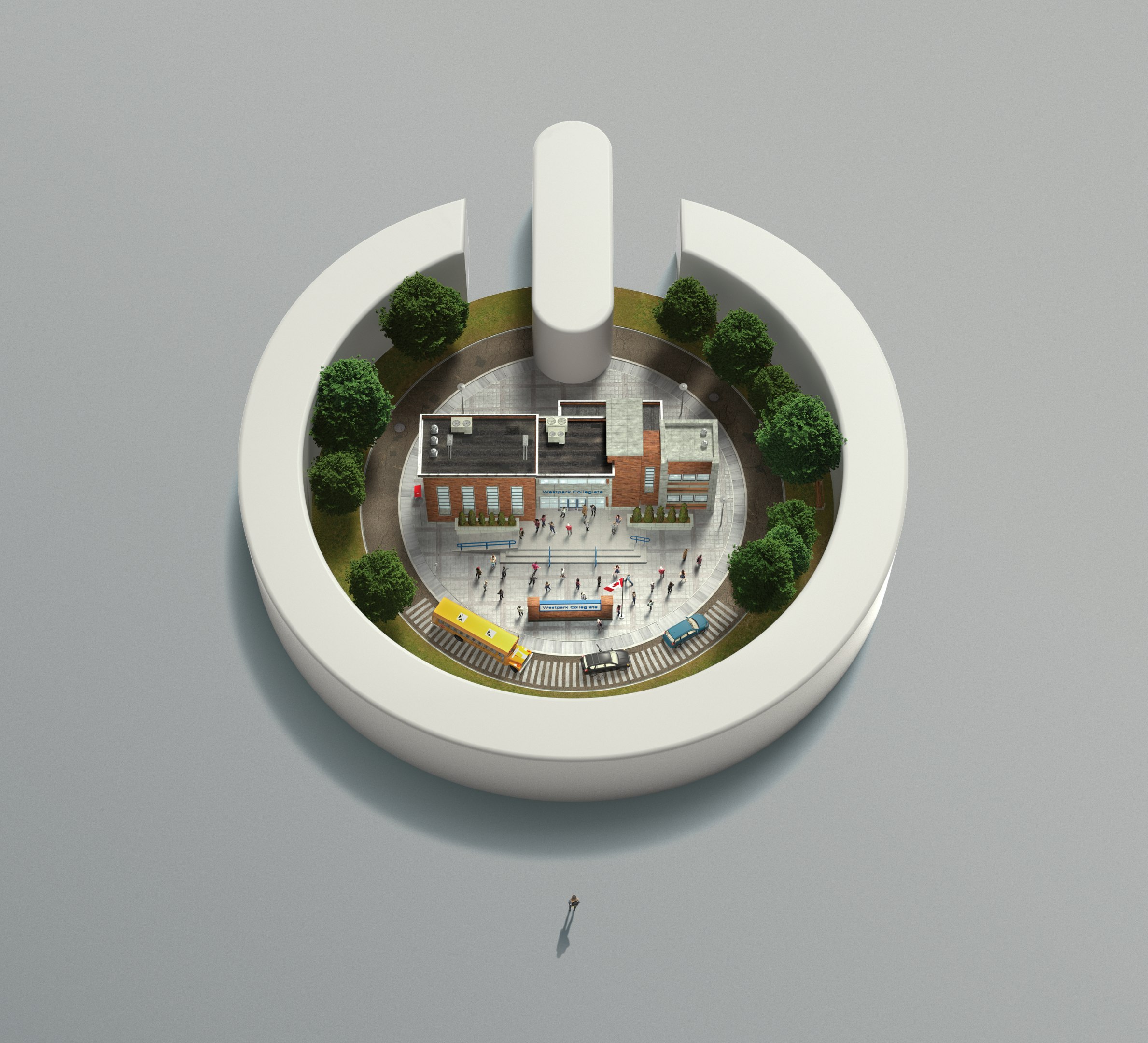Pathways To Education believes that a better future for Canada starts with high school graduation. But for some students in low-income communities, the barriers between them and their education seem insurmountable. With the global pandemic forcing students out of the classroom, those barriers were bigger than ever before.
Not every student can learn from home.
While the lockdowns kept us safe from COVID-19, it also kept millions of students isolated from their education. The assumption was that ‘remote learning’ would reconnect everyone, but that for students in low-income communities, access to technology wasn’t an option. As a country thrust into WFH and distanced living, we’d taken technology for granted, and left those without it behind.
When school became a national priority, we put the spotlight on the students we’d left behind.
The closure of schools garnered a lot of conversation. There were a lot of differing opinions on what the best course of action should be, but the one thing everyone could agree on was that this new model was difficult. But for some students in low-income communities, it was impossible. This story couldn’t afford to be lost in the shuffle. People needed to remember who we’d forgotten.
Without access to technology, students lose access to their entire education.
In 2020, access to education required access to a space to learn, a computer to learn on, and the money to afford it. As simple as it sounds, this was news to many, and a need that had to be addressed immediately. We ran the campaign during graduation and back-to-school, when the country was focused on fixing education. Because the more the public became aware of the barriers these students were facing, the easier it would be to break them down.

